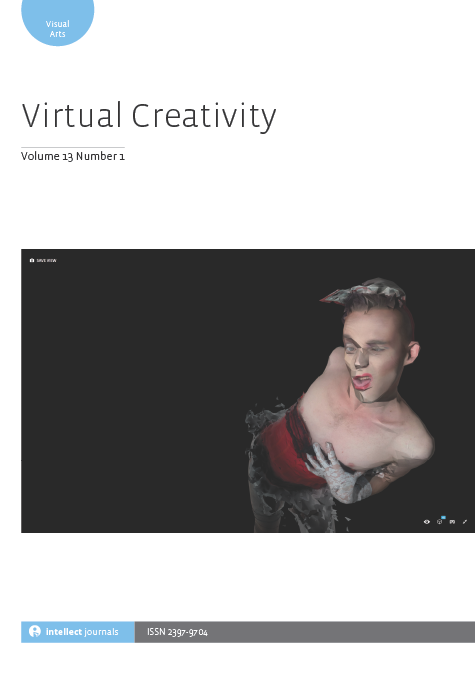
Full text loading...

Disruptions to live performance caused by the recent pandemic have fuelled a surge in virtual concerts, impacting both classical and popular music. This article explores ways in which audio-visual media have been used during the pandemic to maintain the live performance of classical music, through comparison with recent examples of virtual creativity in popular music (including performances by virtual artists in virtual spaces, Vocaloid and holographic concerts). Insights into audience experience are revealed: the benefits of engaging with music performance through online platforms include opportunities for social interaction, agency and an enhanced sense of community. Yet this participatory approach challenges the attentive listening mode embedded in the long-held conceptualization of classical music, and the new modes of performance and communication challenge established beliefs about the superiority of live performance over recording. Opportunities for creativity and audience experience and development are found in the notions of distributed creativity, distributed listening and the democratization of culture that are embedded in many of the practices of virtual music concerts. Analysing scholarly literature, music criticism, commentary and selected case studies, the article explores these ideas and opportunities through four episodes entitled to capture prominent themes: presence, absence and distance, intimacy and wonder.

Article metrics loading...

Full text loading...
References


Publication Date:
https://doi.org/10.1386/vcr_00073_1 Published content will be available immediately after check-out or when it is released in case of a pre-order. Please make sure to be logged in to see all available purchase options.